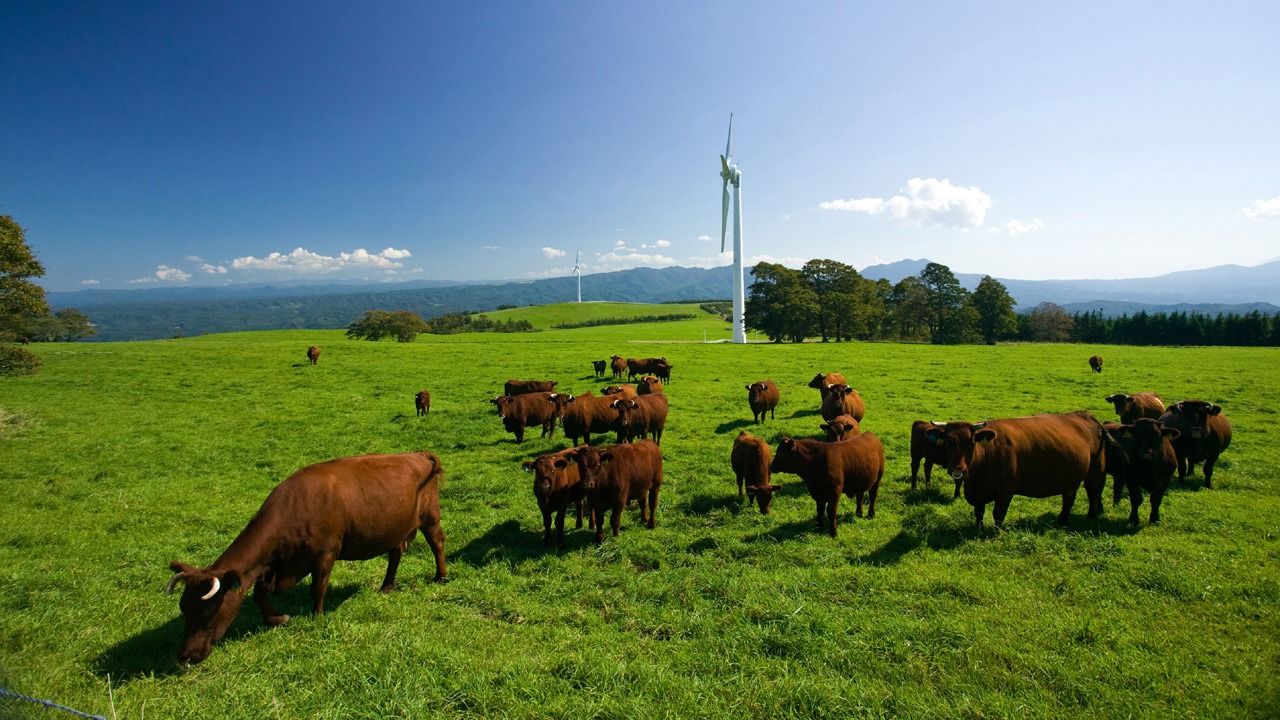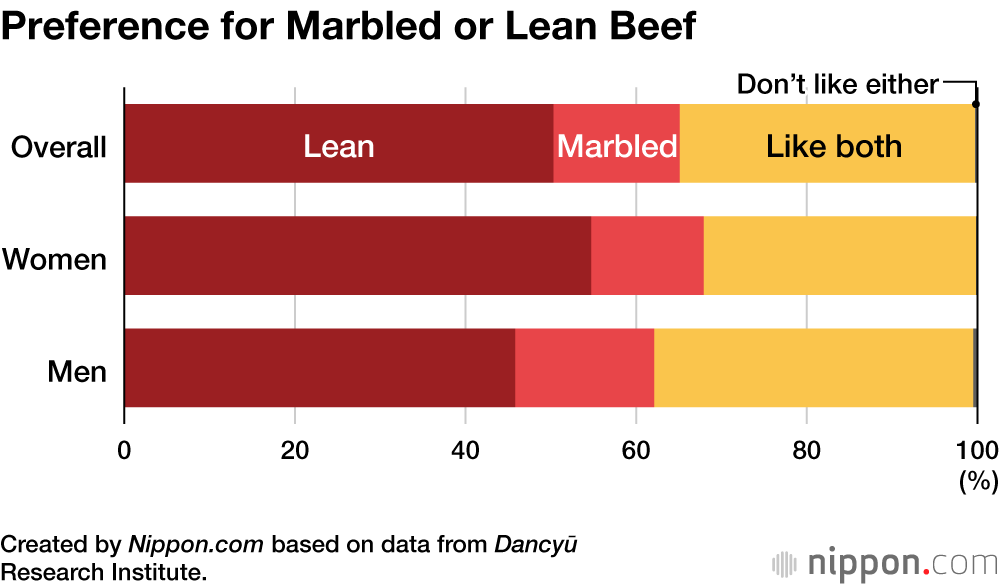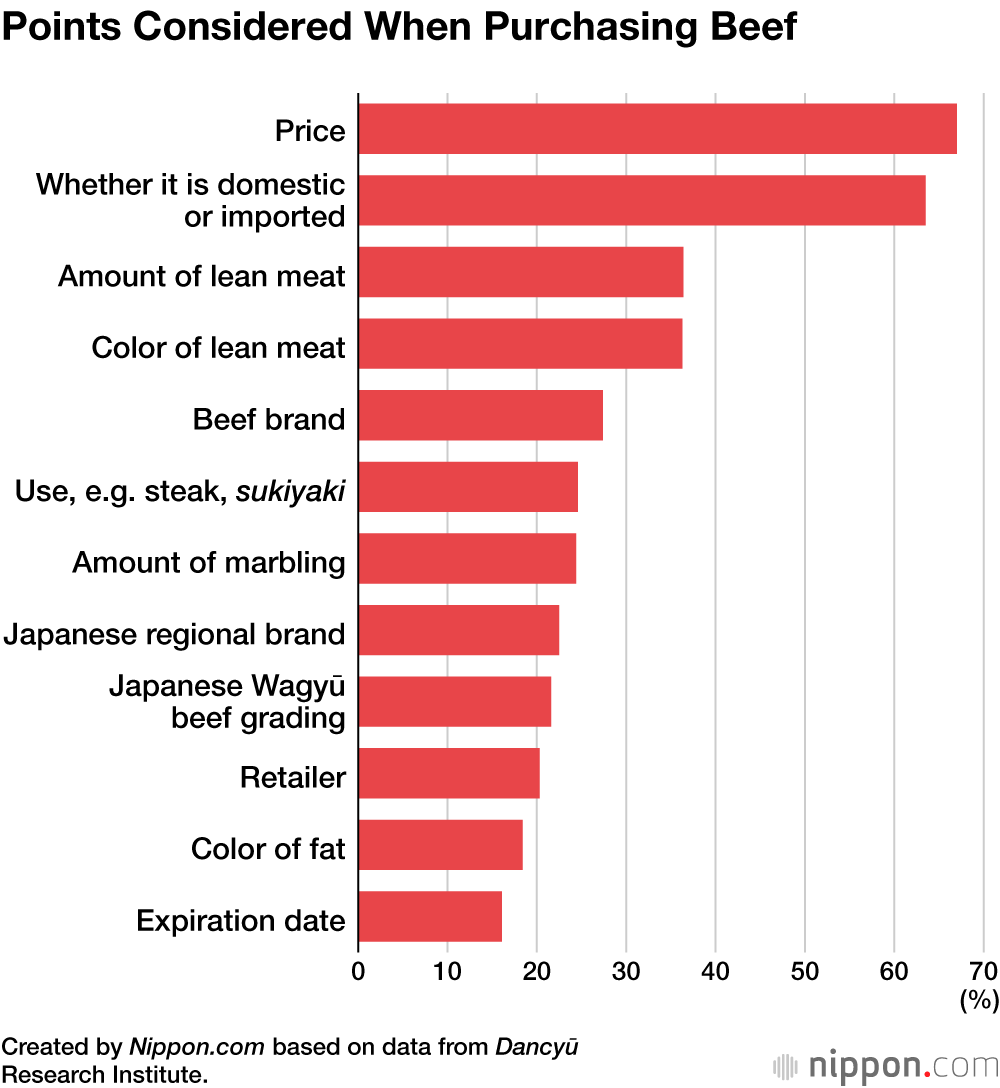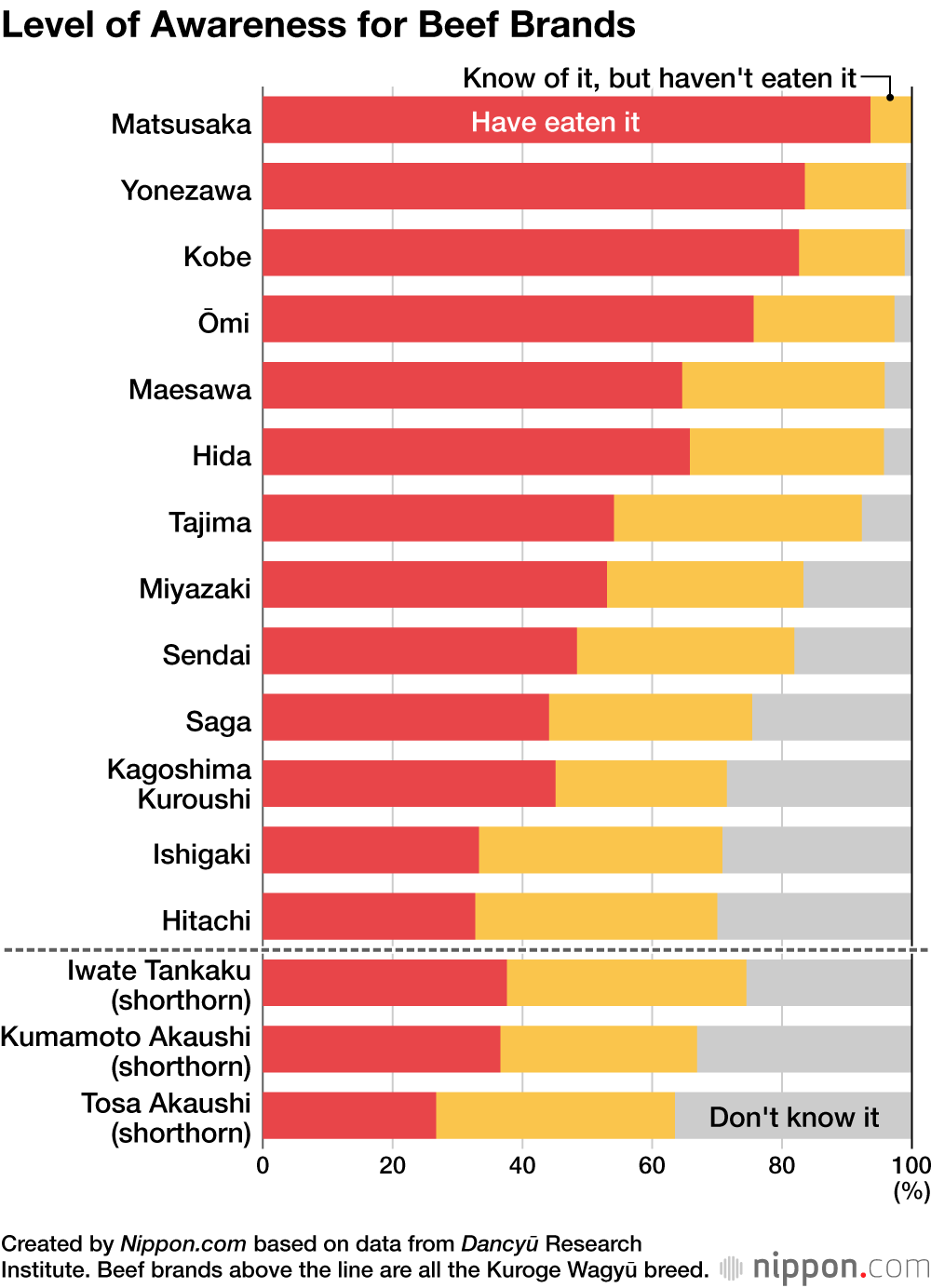
Wagyū Beef: Survey Shows Market Tastes Shifting from Marbled to Lean Meat
Food and Drink- English
- 日本語
- 简体字
- 繁體字
- Français
- Español
- العربية
- Русский
When readers were asked about their preferences for Japanese beef or wagyū in a recent survey conducted by the food culture magazine Dancyū, approximately three times as many people stated they preferred lean meat to marbled. The survey was conducted online from late April through early May and received 931 responses.
Kuroge Wagyū (Japanese Black), which accounts for 98% of wagyū, is renowned for its fine, almost mesh–like marbling. This marbling is synonymous with high quality beef and has attracted attention for being a unique Japanese food, making it popular not only locally but with inbound tourists, too.
Although Dancyū’s readers are commonly thought of as gourmets with a taste for high quality, authentic cuisine, they showed a preference for lean, almost marble–free beef, rather than the high-end marbled variety.
When those who answered that they like “lean beef” or “like both” were asked if they had always liked lean beef, more than half answered that they “used to like marbled beef, but have gradually come to prefer lean,” indicating a shift in tastes is occurring.
Respondents were also asked what points they considered when purchasing beef, with multiple answers possible. The most common answers by some distance were “price” (67.0%) and “whether it is domestic or imported” (63.5%). They were followed by 36.4% saying the “amount of lean meat” and 36.3% who focused on the “color of lean meat,” This shows that people were placing importance on “lean meat” rather than the variety or brand.
Of all the beef brands, the one with the highest awareness among consumers was Matsusaka. Overall, 93.6% said they had “eaten it” and, when combined with those who said they “haven’t eaten it but know of it,” the rate hit 99.9%. Yonezawa, Kobe, and Ōmi all rated highly too, both for people having tried those brands and who were aware of them, an indication of their market strength.
On the other hand, breeds apart from Kuroge Wagyū are also relatively well known among the magazine’s readers. Iwate Tankaku or shorthorn cow, has an awareness level of 74.5%, despite having only 3,000 cattle stock, and holding a wagyū market share of just 0.15%. Iwate Tankaku are mainly put out to pasture to graze freely and are known for their lean meat. Similarly, the awareness rates for Kumamoto Akaushi and Tosa Akaushi shorthorn cow, were each above 60%. While these results very much reflected the tastes of the magazine reader respondents, with their strong love of food, could it be a sign that the wagyū market is no longer going to be exclusively marbled beef?
(Translated from Japanese. Banner photo: Iwate Tankaku cattle out to pasture. Courtesy Iwate Tourism Association.)


